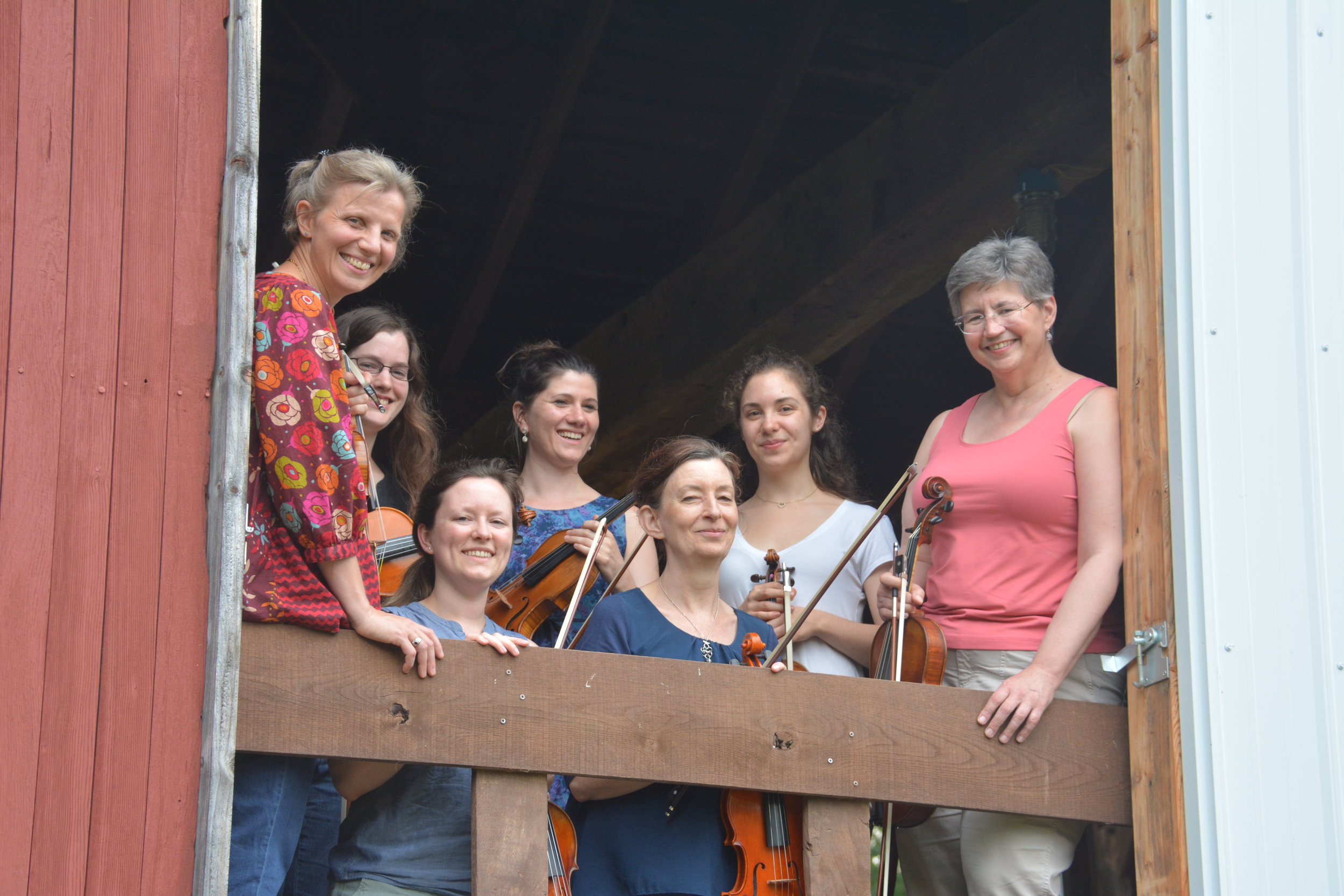Sophie’s Story
I have been lucky to have had world-class teachers and a successful career as a violinist. However, at the age of 35 I found myself in a predicament that came to a head in a performance of Mendelssohn Concerto. Performing had become acutely stressful, I knew instinctively that many aspects of my playing felt wrong but all efforts to search for answers were unsatisfactory. The available solutions felt more like a patchwork of guesses that while temporarily seemed helpful, were unreliable long term. Many friends and colleagues seemed to be in a similar predicament or worse, were starting to feel pain and discomfort as career demands grew. The reality of the profession started to emerge – pain, injury, discomfort and the experience of not being able to be the player you felt you could be, seemed to be the norm. This experience tied into an observation I had as a teenager while practicing some torturous etude, observing what I was doing in the mirror. I was struck by the idea; If I have two arms, ten fingers and a working brain then the only thing stopping me has to be the knowledge of the how. It took twenty more years to start really finding that how.
About the same time, I observed a pianist friend who had suffered a severe, potentially career-ending piano injury recover to a stunning level of virtuosity as a result of studying with pianist Edna Golandsky and the Taubman Approach. I started going for lessons even though she is a pianist. It was an enormous relief to hear and feel something that immediately made sense to my brain and body. The information she gave me made sense intellectually and most important, it felt right. There was an undeniable physical logic to it. I immediately started to develop this work for string players and going to Edna Golandsky weekly.
Colleagues and students started coming for lessons to solve injuries and I started using the same principles with my students of all ages from advanced to beginners. A decade later, the material for string players is developed to a profound level and many players have had their careers put back together, teachers given a whole new approach to teaching and students provided with the tools for sustainable careers. There is much information to help us lead healthier life styles and put our bodies generally in a good place but this is about the actual playing itself. Comprehensively understanding the tiny, often invisible world of motion that is playing the instrument and making music.










